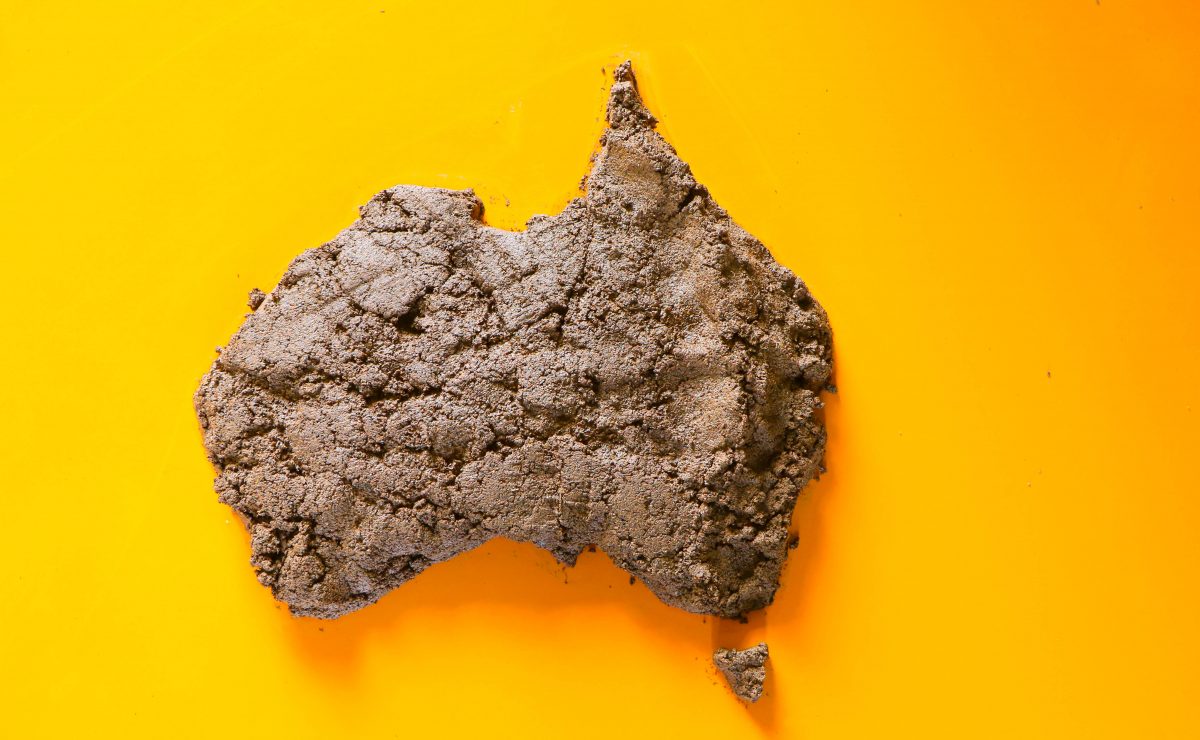Native Tree Seed Ball Production for Landscape Re-vegetation of the landscape after the Australian bush fires 2020.
How to Make Native Tree seed balls video for Re-vegetation of the landscape after the bush fire devastation 2020.
This video is produced by Local Biz To Web.
How to Make Native Plant seed balls for Re-vegetation?
The following information is taken from a guide that was compiled by Dick Green for Community Workshop at Tumut on the 23 January 2020.
Seed balls are made from a mixture of clay, compost, seeds, and water. Seed balls or seed bombs have been successfully used globally for re-vegetation after bush fires, droughts in barren areas, to establish food crops and in small scale gardens and vegetable plots.
Preparation equipment and ingredients:
- Suitable outdoors flat surface, or a large flat bottom tray
- Local dry clay or potters ball clay or bentonite.
- Organic compost mixture, without weed seeds (not the top layer of outdoor soil).
- Native plant seeds, e.g., heat-treated wattle seeds or eucalyptus seeds
- Water source, a jug or a mist sprayer
- Empty egg carton/s
Method:
- Sieve the local dry clay or an alternative clay into a container.
- Sieve an equal amount of the compost mixture into a separate container.
- On a flat surface portion into small dirt heaps, one heaped tablespoon of clay, and one heaped tablespoon of the compost per little dirt heap.
- Each heap should have 1 heaped tablespoon of clay, + 1 heaped tablespoon of compost.
- Make as many heaps of the above dirt heaps as you have available seeds, clay, and compost available.
- Make an impression with a thumb on each heap, and place a pinch of the seeds on each of the small dirt heaps.
- Now the ingredients are equally divided, clay, compost, and seeds. Carefully mix the small heap of dirt, using a small teaspoon or a small fork. Ensure that the earth, compost, and the seeds are equally combined.
- Use a mist sprayer to wet the small dirt heap, at the same time, use fingers to blend in the water to the dirt heap. The final texture fo the dirt heap should be like a play dough that sticks together. Roll the damp dirt heap into a small ball. It should be about the size of a cherry tomato.
- Place the round dirtball into the empty egg carton.
Repeat for all the dirt heaps prepared.
Native seed balls need to be placed in a dry, ventilated place so that the wet seed balls dry in about 24 hours. Prolonged drying time could make the seed start to germinate straight away.
What purpose are the native seed balls made?
The purpose of the native seed balls is to help the environment recover after out of control bush fires have ravaged an area of the bush land. Heavy fuel loads of the bush create extremely high temperatures on the ground, therefore destroying entire tree populations, shrubs and other foliage.
To speed up the naturally slow progress of re-vegetation over many years, selected areas can be directly seeded or the use of native seed balls.
Location and Timing
The location of the native plant seed planting is vital, and the timing of the region seed bombing or planting is critical, depending on the location. In the Riverina, the winter rains start around June, July August. Native seed balls can be distributed during the autumn season ready in anticipation of the life germinating rains.
Making each seed ball count
Selecting a productive location, terrain and the tree plant position. Considering that when it does rain, is the rain going to flow over a hard ground and not penetrate the soil? There should be some kind of natural catchment of water, by the flow of the ground surface and terrain. Digging a hole and filling it with water absorbing soil, give the tree seeds much better chance of germinating and growing into a mature tree.
Other means may be to walk the ground with a crow bar, and test the ground for it’s soil quality. Driving the crow bar into the ground proves what the soil quality is like, and makes a hollow for the seed ball to be underground, and protected from seed eating birds and animals.
To water native tree seeds. or not to water.
On a small scale Native tree plant the tree plant location near home may be more selective. Also the tree plant ground may be prepared to ensure tree seed germination. Tree seed plant close to a home or a farm gives also access to watering the tree seed’s/seedling according to the climate and rainfall at the time. It really depends on the situational circumstances.
Protecting the tree seedling from grazing animals
Direct seeding to the ground may require a protective chicken wire netting cage. A wire cage stops any animal feeding on the young tree shoots as they sprout. A lot of variation from location to location, some locations may be depleted of vegetation and native grasses due to the drought. Therefore any TLC efforts to raise native trees need to be considered also from the natural environment perspective, food for the local animals. Prevention is better than cure, prevent the animals from eating the seedlings, saves a lot of repetive work in the long run.
Thank you for visiting Local Biz To Web website and reading this Re-vegetation after the Australian Bush Fires 2020 article. Do watch the video also. Happy New Year 2020.
